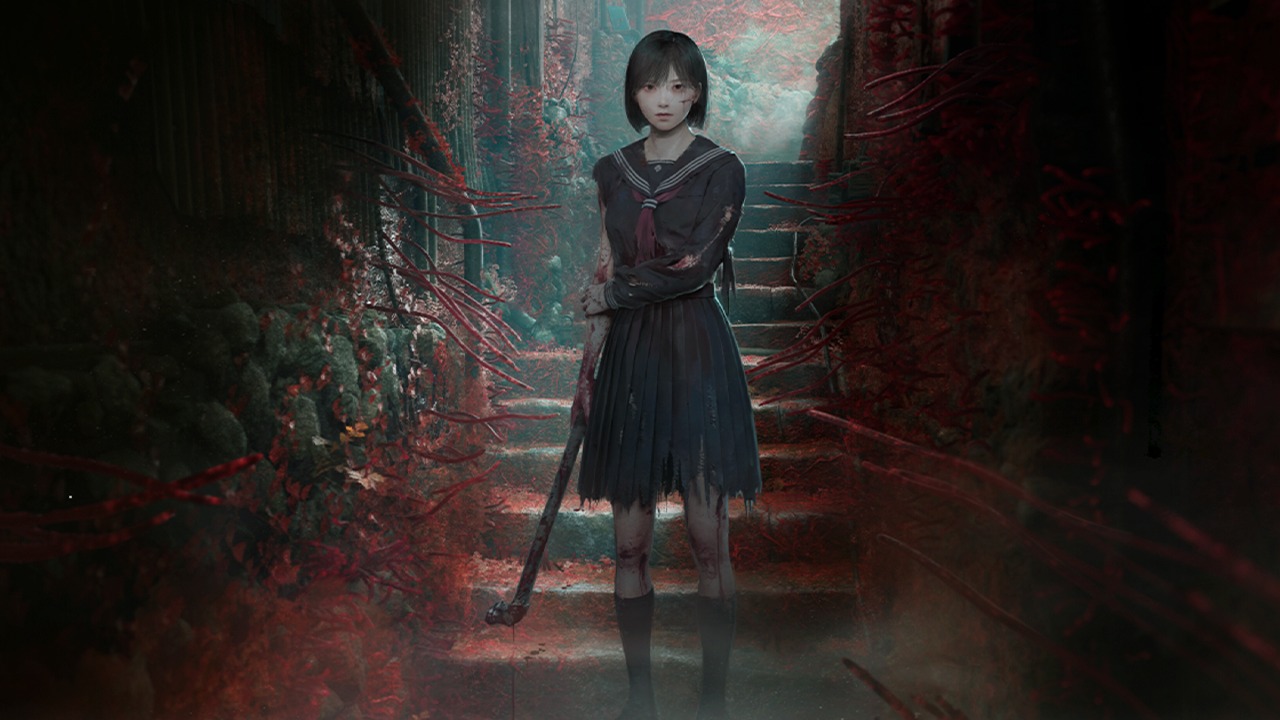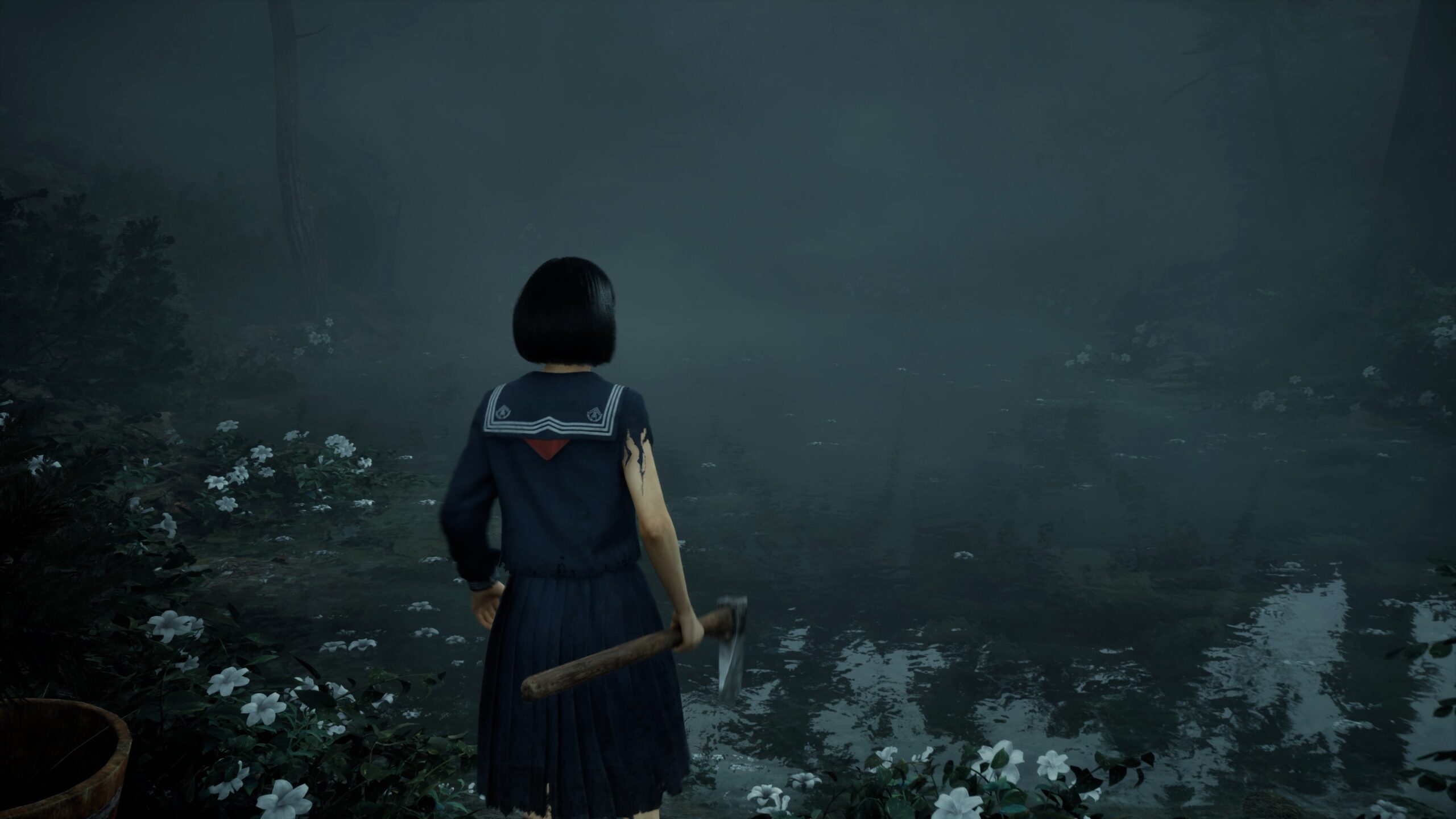Unveiling the Lore: How Silent Hill F Connects to the Franchise’s Enduring Legacy
Popular Now
 The highly anticipated release of Silent Hill F has ignited intense discussion among survival horror aficionados, particularly regarding its place within the broader, often cryptic, lore of the iconic franchise. For the first time, the series shifts its primary setting away from the foggy American town of Silent Hill, transporting players to 1960s rural Japan. This geographical and temporal leap, orchestrated by Konami and developed by NeoBards Entertainment with writer Ryukishi07 (of Higurashi: When They Cry fame), signifies a bold new chapter. Yet, despite being a standalone spin-off, Silent Hill F is intrinsically linked to the series’ core psychological horror DNA, a connection that is subtle, thematic, and, most importantly, crucial to the franchise’s revitalization.
The highly anticipated release of Silent Hill F has ignited intense discussion among survival horror aficionados, particularly regarding its place within the broader, often cryptic, lore of the iconic franchise. For the first time, the series shifts its primary setting away from the foggy American town of Silent Hill, transporting players to 1960s rural Japan. This geographical and temporal leap, orchestrated by Konami and developed by NeoBards Entertainment with writer Ryukishi07 (of Higurashi: When They Cry fame), signifies a bold new chapter. Yet, despite being a standalone spin-off, Silent Hill F is intrinsically linked to the series’ core psychological horror DNA, a connection that is subtle, thematic, and, most importantly, crucial to the franchise’s revitalization.
Strong Standalone Narrative, Shared Universe: The Thematic Glue
Konami has made it clear: Silent Hill F is a completely self-contained story. It is neither a prequel nor a direct sequel to classics like Silent Hill 2. New players can jump in without needing a deep knowledge of James Sunderland’s trauma or Alessa Gillespie’s history. This accessibility is a strategic move to broaden the franchise’s appeal, which is paramount in the competitive AAA gaming market. However, the game’s writer has confirmed that the events in the fictional Japanese town of Ebisugaoka coexist within the same universe as the American counterpart.
The connection, therefore, is not a matter of shared characters or a direct timeline link, but a shared phenomenon and thematic framework. The central, high CPC keywords that define the franchise—psychological horror, trauma, decay, and alternate dimensions—are the true connective tissue.
- The Manifestation of Trauma: In every Silent Hill game, the monsters and the terrifying “Otherworld” are physical, grotesque manifestations of the protagonist’s inner guilt, sin, or conflict. In Silent Hill F, protagonist Hinako Shimizu, a high school student in 1960s Japan, is battling her own specific, yet equally intense, personal trauma. Her struggle is against the rigid societal and patriarchal expectations of the era, the loss of her identity through an impending, unwanted marriage, and suffocating family pressure. This societal trauma is literally reflected in the grotesque, flower-infested monsters and the decaying red scenery of the corrupted Ebisugaoka. This mechanism of turning personal agony into environmental horror is the very definition of a Silent Hill game.
- The “Otherworld” Phenomenon: While the classic games feature a rusty, blood-soaked industrial ‘Otherworld,’ Silent Hill F introduces a ‘Dark Shrine’ and a fog-shrouded, red-flowered Ebisugaoka. The shift in aesthetic to a more Japanese horror (J-Horror) sensibility—focusing on “finding the terror in beauty”—does not change its function. It is still a distorted parallel dimension, a spiritual or psychological nexus where reality warps to reflect deep-seated corruption and fear. The existence of this parallel reality, blocking roads, spawning symbolic monsters, and forcing puzzle-solving, reaffirms the shared universal rules of the ‘Silent Hill’ curse, proving the phenomena are not unique to the single town in Maine.
- Cult-Like Influence: The series has always revolved around cults, ancient deities, and the manipulation of power. While Ebisugaoka’s own cult and its ‘Fox Mask’ figure are new, the concept remains consistent. The ritualistic basis for the town’s collapse, the presence of specific local deities, and the use of seemingly religious or cultural items (like omamori charms) to manage the horror parallels the Order’s activities and their manipulation of the town’s original spiritual history in the American setting.
 Strong Showa-Era Japan: A New Canvas for Classic Themes: The Shift to J-Horror
Strong Showa-Era Japan: A New Canvas for Classic Themes: The Shift to J-Horror
The deliberate move to 1960s Japan is not a mere cosmetic change; it’s a brilliant way to explore the series’ staple themes through a fresh cultural lens. The 1960s, a period of massive social change, allows the game to foreground themes of agency, gender roles, and the corrosive nature of tradition. This focus is an evolution of the psychological horror that the original Team Silent pioneered.
The infusion of Japanese folklore, such as the prominent role of the fox deity (Kitsune) as a deceiver and guide, as well as the design inspiration drawn from the J-Horror genre (including the use of unsettling, beautiful imagery and body horror with the grotesque floral decay), provides a new aesthetic for a familiar dread. This move to a new cultural backdrop keeps the series dynamic and relevant, attracting both veteran players looking for deeper lore connections and new fans seeking cutting-edge survival horror experiences.
- Easter Eggs and Lore Nods (New Game Plus): While the first playthrough is self-contained, post-launch analysis and the New Game Plus content—which often unlocks the deeper, more complex lore and alternate endings—have revealed subtle, rewarding connections. These may include specific in-game documents referencing the ‘White Claudia’ plant, which was central to The Order’s rituals in the original games, or a thematic connection to the ‘flower of the gods’ that hints at a global, shared source of the supernatural power. These low-key, optional details are designed to reward the most dedicated lore hunters and reinforce the single-universe theory.
- The ‘F’ Enigma: The meaning of the ‘F’ in the title is debated by the community, but speculation often links it to core franchise concepts. Suggestions range from ‘Forte’ (a musical term implying overwhelming intensity, or an escalation of the horror), to ‘F-stop’ (a photographic term related to aperture and the capture of a moment/memory), or even ‘Fungus’ (referencing the game’s unique body-horror decay). All these interpretations circle back to the central themes of the franchise: the power of overwhelming emotion, the manifestation of memory, and the physical corruption of the world, all highly valued keywords for game review and discussion.
In summary, Silent Hill F connects to the rest of the series not through direct plot threads—there is no need to play the other games for narrative continuity—but through the bedrock of its thematic structure. It continues the franchise’s legacy as a premier platform for exploring complex personal and societal trauma, using the supernatural to externalize internal conflict. It is a brilliant example of a spin-off that honors the spirit of the original by daring to change everything else, securing its position as one of the most talked-about horror game releases of the year and offering a deep, dark, and culturally rich new entry point for one of gaming’s most revered series. Its success is a testament to the fact that the fog, the monsters, and the psychological torment can travel far beyond the streets of its namesake town.
Keywords for SEO and High CPC: Silent Hill F, survival horror, psychological horror, J-Horror, Konami, AAA gaming, game review, 1960s Japan, Silent Hill lore, alternate dimensions, trauma, decay, CPC keywords.